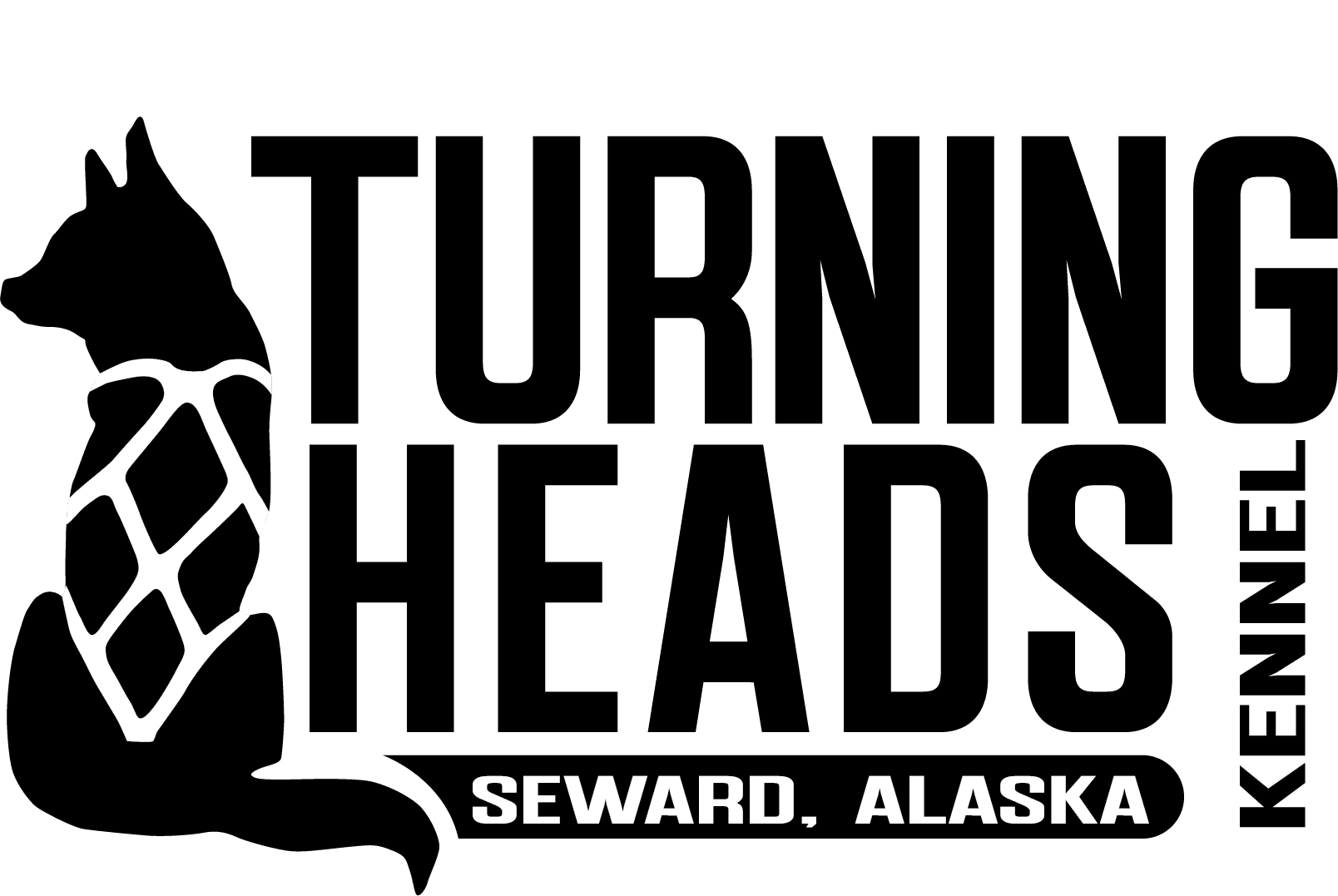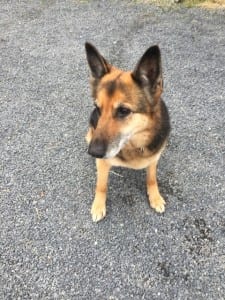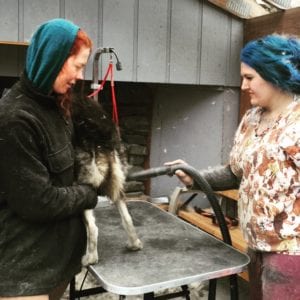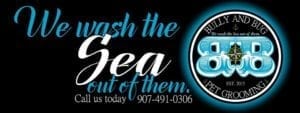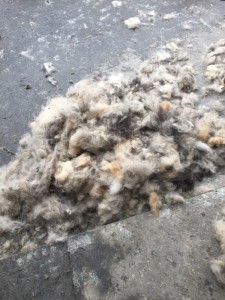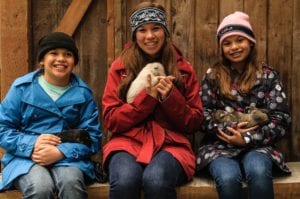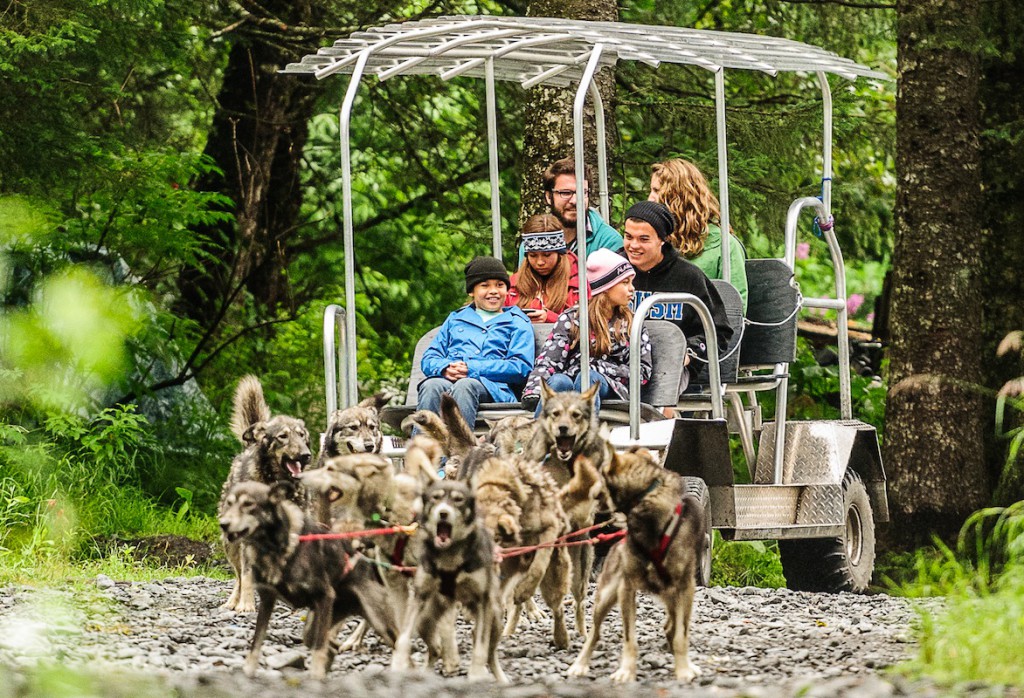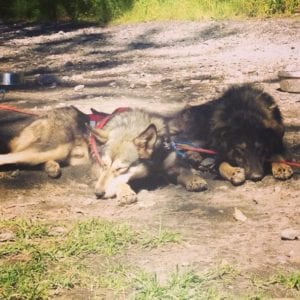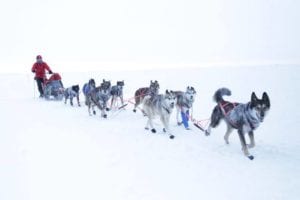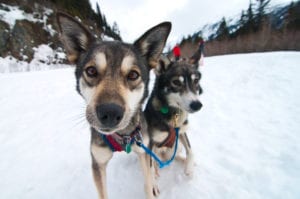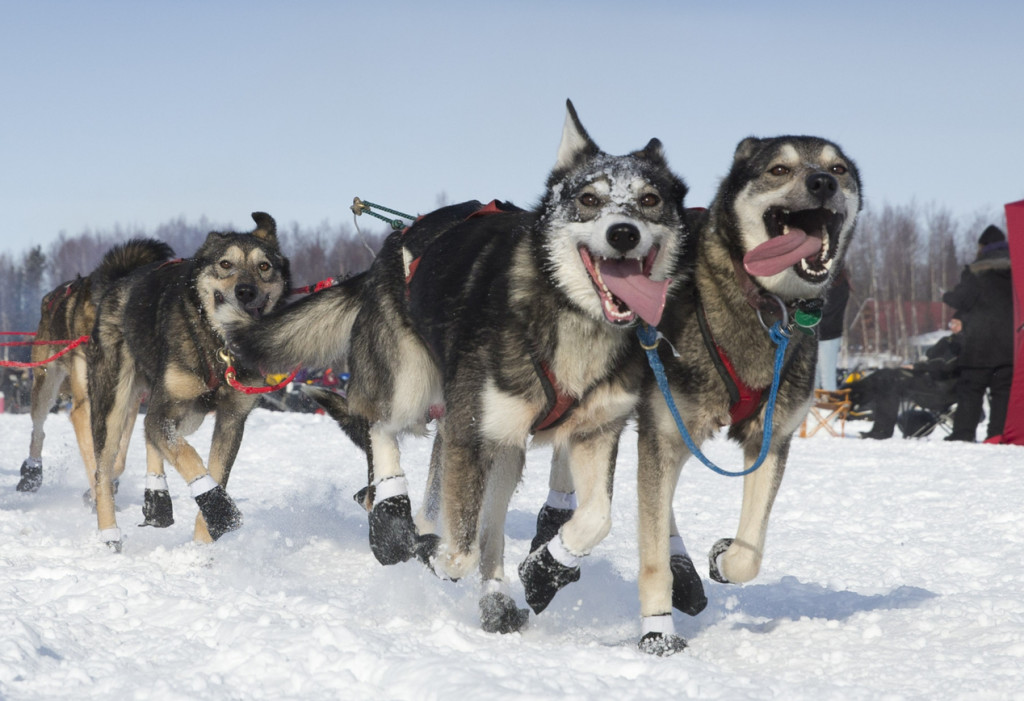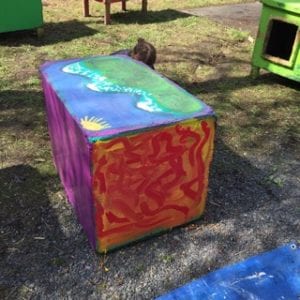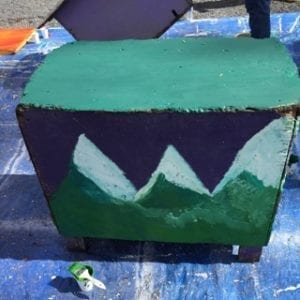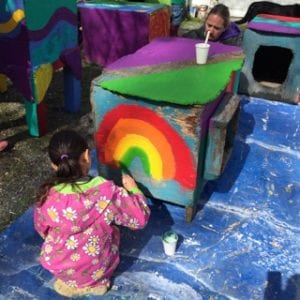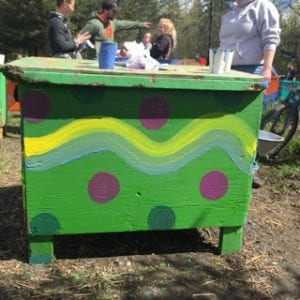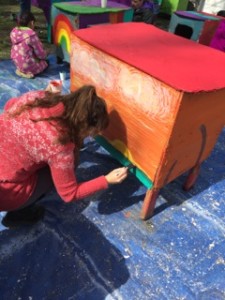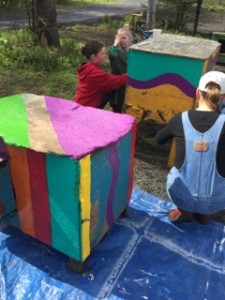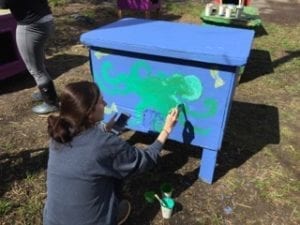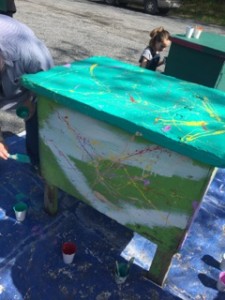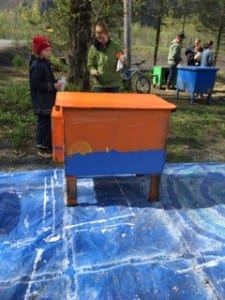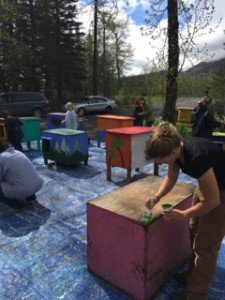His first few weeks of life, Teddy lived on the floor beneath my desk with his sibling Fergie and Mama B. He was not a planned litter and came in the late January of 2013, right before Travis’ first Iditarod. It was a miserable January — we’d had so much rain — so I choose to raise the pups inside.
He was jet black and from the beginning he stood out. Last year, many visitors who came for a dog sled tour were convinced that he wasn’t even a dog but was actually some sort of wolf-hybrid.
“That’s a wolf!” I remember one woman saying.
We assured her he wasn’t but she still seemed skeptical. “No, he’s definitely a wolf!”
But Teddy is anything but a wolf. He is one of the friendliest most playful dogs we have. He takes after Mama B and is somewhat a quiet dog. He knows his job and he simply does it.
After Iditarod we were given a generous package of chew toys from Nylabone and Teddy has been in heaven. He not only enjoys chewing his bone but he simply enjoys having it and often plays soccer with it, scooting it along in his circle with his nose before pouncing on it.
Teddy you have brought so much joy into our lives! Thank you for all your hard work. We are so proud of you for finishing 11th place in Iditarod 2015. Keep up the good work!

